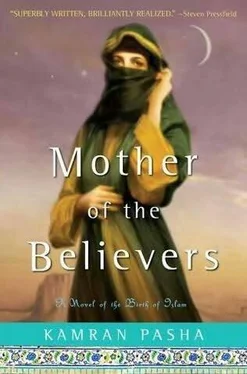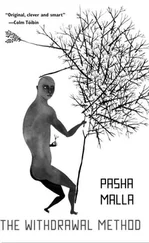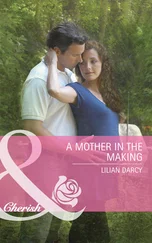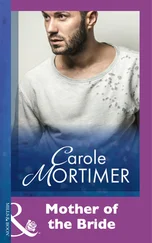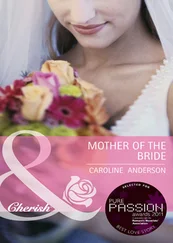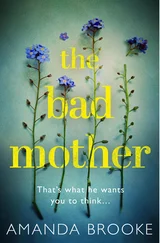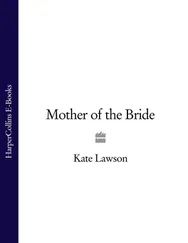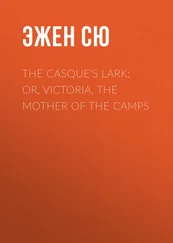
Kamran Pasha
Mother Of the Believers
Copyright © 2009 by Kamran Pasha
A Novel of the Birth of Islam
“ Paradise is at the feet of the mothers.”
– Prophet Muhammad
Dedicated to my mother,
who is the living proof of these words.
This book is a work of fiction. Though based on historical events, it is not a history of those events. Readers who are interested in learning more about the history of Islam and the lives of Prophet Muhammad and his wife Aisha are encouraged to read some of the wonderful reference works that I have relied on to write this tale. These books include the brilliantly crafted biography by Martin Lings entitled Muhammad: His Life Based on the Earliest Sources, as well as the excellent works by Barnaby Rogerson, including The Prophet Muhammad: A Biography and Heirs of Muhammad.
Those interested in seeking a Western scholarly perspective on Muhammad’s life and legacy are referred to Montgomery Watt’s seminal work Muhammad: Prophet and Statesman, as well as Karen Armstrong’s influential book Muhammad: A Biography of the Prophet.
Readers seeking more knowledge about Aisha will find a wealth of information on her and other prominent Muslim women in Jennifer Heath’s The Scimitar and the Veil: Extraordinary Women of Islam. For those fascinated by the military history surrounding the rise of Islam, a wonderfully readable analysis can be found in Richard A. Gabriel’s Muhammad, Islam’s First General. Hugh Kennedy’s The Great Arab Conquests is also a fine resource for those seeking insight into how a small band of desert warriors improbably created a vast empire and a civilization that remains vibrant and influential in the world today.
Readers interested in a general introduction to the faith and practices of Islam are referred to The Complete Idiot’s Guide to Islam by Yahiya Emerick and No god but God by Reza Aslan. Those who wish to gain deeper insight into the spiritual values of Islam and what the religion offers the world today are referred to Islam and the Destiny of Man by Charles Le Gai Eaton and The Heart of Islam: Enduring Values for Humanity by Seyyed Hossein Nasr. A deeper look at the spiritual heart of Islam can be found in The Vision of Islam by Sachicko Murata and William Chittick and in the classic text Understanding Islam by Frithjof Schuon.
There are many translations of the holy Qur’an on the market today, but I have found three to be particularly helpful to Western readers. Abdullah Yusuf Ali’s The Qur’an: Text, Translation and Commentary is one of the most beloved of English translations and is helpful to those who are new to studying the Muslim faith. Muhammad Asad’s monumental translation The Message of the Holy Qur’an is both scholarly and written from the point of a view of a European convert who understands how to explain the scripture to the Western mind. For those seeking a simple translation that is not bogged down with commentary, I recommend The Qur’an, translated by M.A.S. Abdel Haleem and published by Oxford University Press. An older but still popular translation is The Glorious Qur’an by Muhammad Marmaduke Pickthall, a British convert.
Writing a novel about the birth of Islam and the remarkable personalities of the Prophet Muhammad, Aisha, and the rest of the early Muslim community has been an extremely challenging and rewarding process. Compared to the limited historical data available on Jesus, the origins of Islam and the life of the Prophet have been documented with a degree of historical detail that is mind-boggling to many Westerners. It has been said that we know more about Muhammad than we do about any other man in history, as his followers meticulously recorded everything they could about their beloved teacher, from how he looked, to his daily mannerisms and eating habits, to surprisingly intimate details about his personal life with his wives. Much of this can be credited to the remarkable memory of Aisha, who was responsible for transmitting over two thousand individual hadiths, or oral accounts of her life with the Prophet and his teachings.
The corpus of historical data about the Prophet Muhammad is staggering in its depth and detail, but his life remains a matter of controversy. Believers and nonbelievers will obviously interpret the tales about Muhammad in accordance with their own perspective about the truth of his spiritual mission. And within the Muslim community itself, interpretation of historical events is often hotly debated among the different sects of Sunni and Shia Islam.
For the record, I am a believing and practicing Muslim. Theologically I consider myself a Sunni, and spiritually I am drawn to Sufism, the mystical heart of Islam. By lineage, I am a sayyid, a direct descendant of the Prophet through his daughter Fatima and his grandson Husayn. For me, this novel has been both a rewarding journey into the heart of my religious tradition and an eye-opening study of the passionate and complex people who were my ancestors. They were simple men and women, living in a remote desert, who should have been forgotten by history. And yet through the sheer power of faith, they managed to turn the world upside down.
I would like to take a moment to comment on one of the most controversial aspects of my story, at least for many modern readers. In recent years there has been a great deal of discussion regarding Aisha’s age when she married Prophet Muhammad. Estimates of her age have ranged from early teens to early twenties. The most controversial account is that she was nine years old at the time of her wedding, which some modern critics have attempted to use to smear the Prophet with the inflammatory charge of pedophilia. In response to these charges, many Muslims are now performing all kinds of historical analysis to attempt to clear his name and reputation. What is evident is that Aisha was a young woman at the time of the wedding, but that her marriage was not in any way controversial and was never used by the enemies of the Prophet as a critique in his lifetime, unlike his marriage to Zaynab bint Jahsh. So clearly whatever Aisha’s age was, it was irrelevant to her contemporaries and considered mainstream in the social context of seventh-century Arabia.
In my novel, I have chosen to directly face the controversy over Aisha’s age by using the most contentious account, that she was nine at the time she consummated her wedding. The reason I have done this is to show that it is foolish to project modern values on another time and world. In a desert environment where life expectancy was extremely low, early marriage was not a social issue-it was a matter of survival. Modern Christian historians have no problem suggesting that Mary was around twelve years old when she became pregnant with Jesus, as that was the normal age for marriage and childbearing in first-century Palestine. Yet no one claims Mary’s youthful pregnancy was somehow perverse because it is easy to understand that life expectancy was so low in that world that reproduction took place immediately upon menstruation.
An interesting anthropological analysis of the onset of puberty in ancient and modern times can be found in Mismatch by Peter Gluckman and Mark Hanson. Their study shows that modern social norms have evolved in ways that conflict with evolutionary pressures for girls to menstruate and bear children at a young age. These conflicts were less apparent in ancient times, when survival trumped other concerns. Girls in many ancient cultures were considered adult women immediately upon the onset of their cycles. To project modern social norms backward into that environment is disingenuous and reflects a failure to understand history and human nature.
Читать дальше
